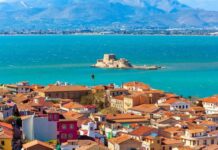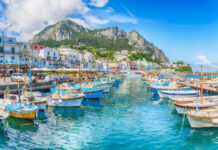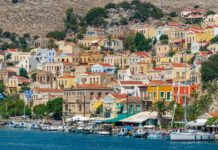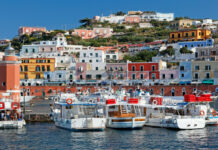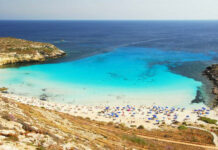Greece, known for its rich history, stunning beaches, and vibrant culture, is also home to some of the most beautiful and environmentally conscious islands in the world. With a focus on sustainable practices, these green islands embrace the preservation of nature, offering visitors a chance to explore pristine landscapes, crystal-clear waters, and a harmonious coexistence with the environment. In this article, we will delve into the greenest Greek islands, showcasing their commitment to ecological conservation and highlighting the unique experiences they offer to eco-conscious travelers.
Corfu: Situated in the Ionian Sea, Corfu is renowned for its lush greenery, olive groves, and picturesque landscapes. The island boasts a rich biodiversity with rare plant species and vibrant wildlife. The Achilleion Palace, with its immaculate gardens and stunning views, is a testament to the island’s commitment to maintaining its natural beauty. Visitors can also explore the Corfu Trail, a long-distance hiking path that meanders through idyllic villages, olive orchards, and dense forests.
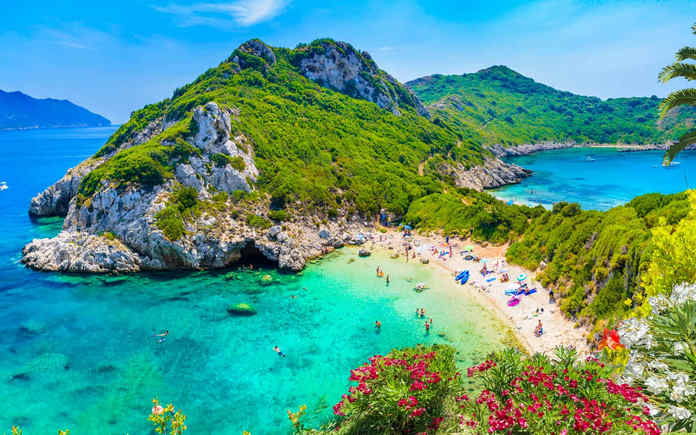
Zakynthos: Zakynthos, or Zante, is another Greek island with a strong emphasis on environmental sustainability. Home to the famous Navagio Beach, also known as Shipwreck Beach, the island captivates visitors with its crystal-clear turquoise waters and towering limestone cliffs. Zakynthos is dedicated to protecting its endangered loggerhead turtles, and visitors can witness these magnificent creatures nesting on the beaches or join conservation efforts. The island also offers eco-friendly accommodations and promotes responsible tourism practices.
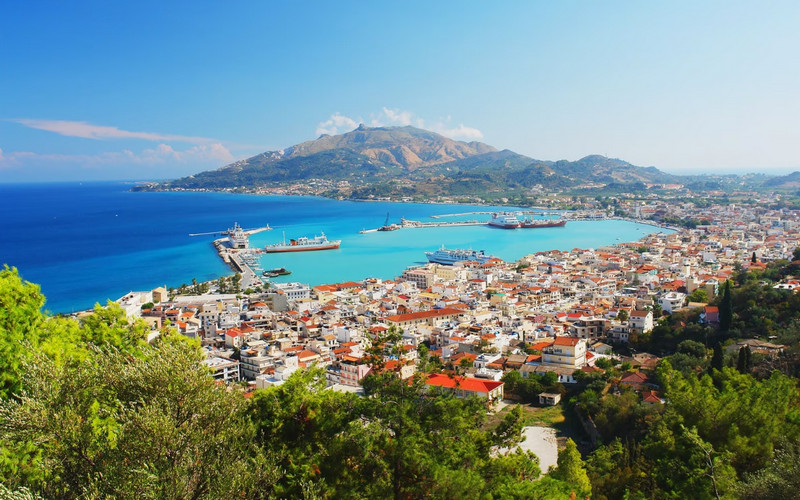
Naxos: Naxos, the largest island in the Cyclades archipelago, combines breathtaking landscapes, ancient ruins, and a commitment to preserving its natural heritage. Known for its fertile valleys and verdant mountains, Naxos is an agricultural paradise, producing local products such as olives, potatoes, and citrus fruits. The island boasts numerous hiking trails, including the route to Mount Zeus, the highest peak in the Cyclades. Naxos also encourages sustainable farming practices and offers agrotourism experiences where visitors can learn about traditional agriculture and taste organic delicacies.
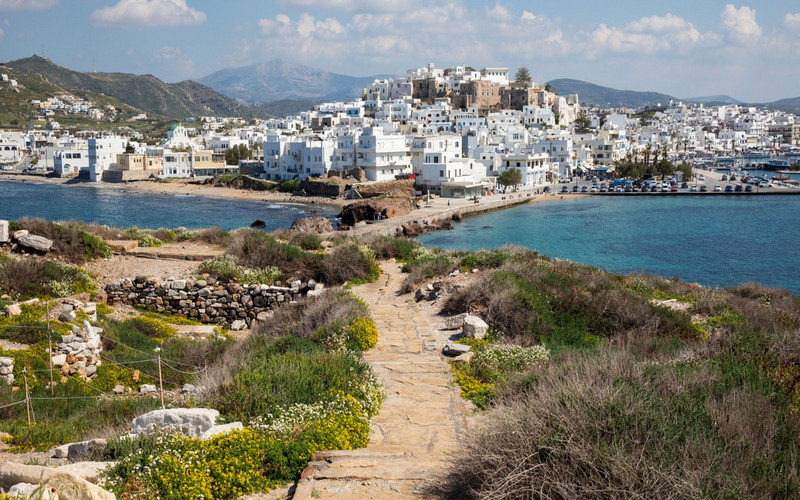
Crete: Crete, the largest of all the Greek islands, is a treasure trove of diverse landscapes and vibrant ecosystems. From the awe-inspiring Samaria Gorge, a national park known for its breathtaking beauty, to the mesmerizing pink sand beaches of Elafonisi, Crete offers unparalleled natural wonders. The island is dedicated to preserving its rich biodiversity, including the endangered Cretan wild goat and the loggerhead sea turtle. Eco-friendly accommodations, organic farms, and protected nature reserves make Crete a top choice for nature lovers and sustainability enthusiasts.
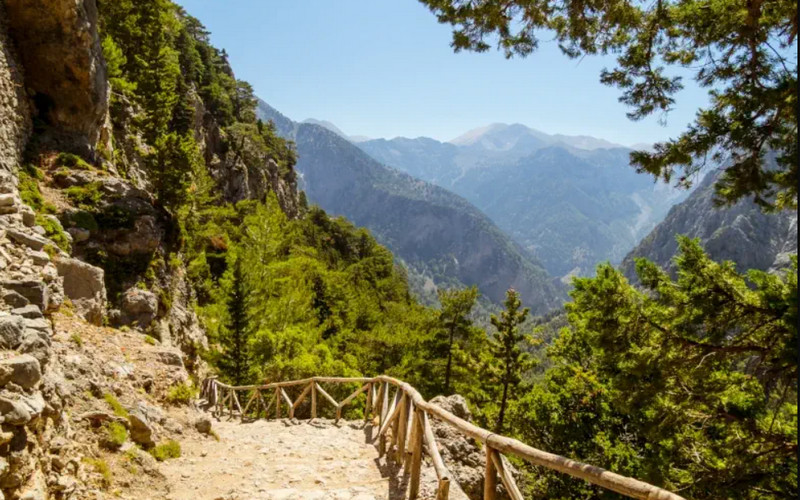
Milos: Milos, located in the Aegean Sea, is a hidden gem that stands out for its volcanic landscapes, dramatic cliffs, and turquoise waters. The island’s lunar-like beaches, such as Sarakiniko and Kleftiko, leave visitors in awe of nature’s artistry. Milos embraces sustainable practices, focusing on renewable energy sources and promoting responsible tourism. The island is home to unique flora and fauna, including rare orchids and the Mediterranean monk seal, further showcasing its commitment to ecological preservation.
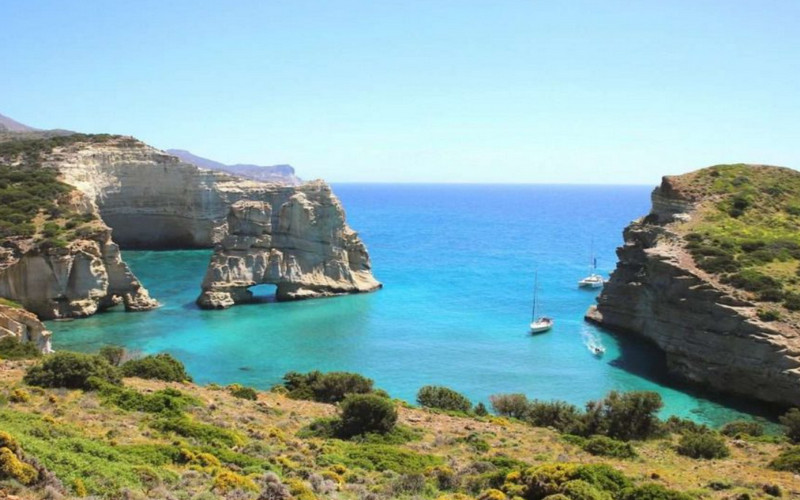
The greenest Greek islands offer a harmonious blend of natural beauty, environmental preservation, and memorable experiences. Corfu, Zakynthos, Naxos, Crete, and Milos stand out for their commitment to sustainable practices, from protecting endangered species to promoting responsible tourism and embracing renewable energy sources. These islands provide an excellent opportunity for eco-conscious travelers to explore untouched landscapes, immerse themselves in local culture, and contribute to the preservation of Greece’s natural heritage. When visiting these green paradises, remember to leave only footprints and take home lasting memories of the enchanting Greek islands.
